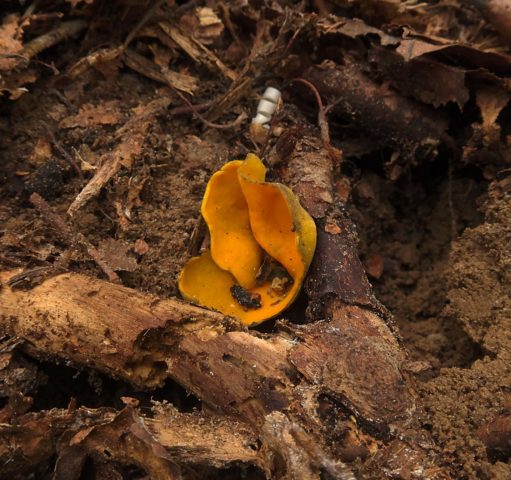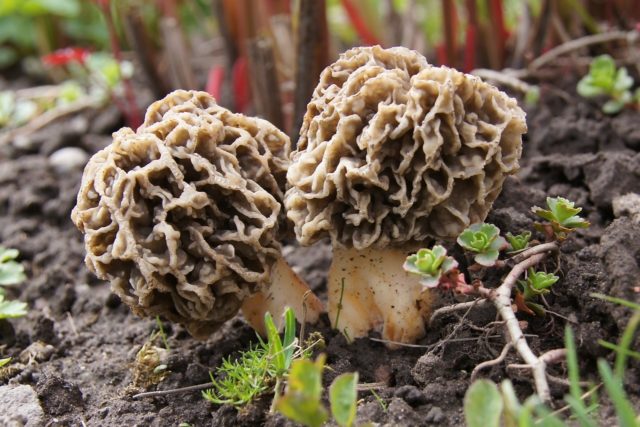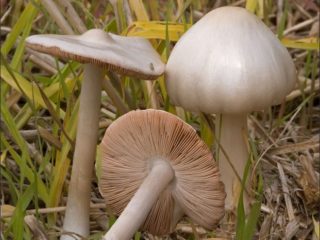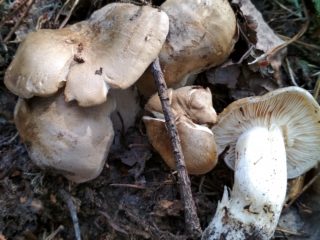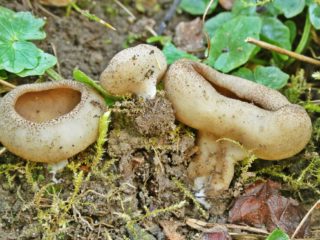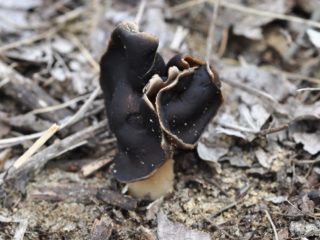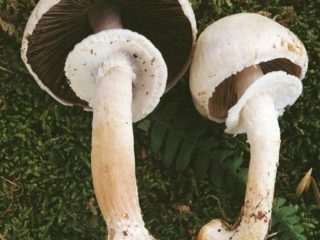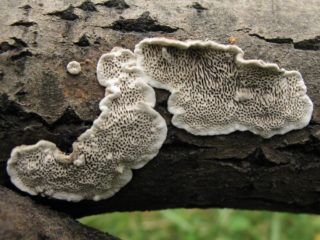Content
Caloscypha brilliant (lat.Caloscypha fulgens) is considered one of the most colorful spring mushrooms, but it has no special nutritional value. Collecting this species for consumption is not recommended because the composition of its pulp has not yet been fully understood. Other names: Detonia fulgens, Peziza fulgens, Cochlearia fulgens.
What does the shining Kaloscif look like?
The fruiting body is quite small, usually about 2 cm in diameter. In young mushrooms, the cap looks like an egg, but then it opens. In mature specimens, the fruiting body takes the form of a bowl with walls bent inward, and small breaks are often located along the edge. Older specimens have a saucer-like appearance.
The hymenium (the surface of the mushroom from the inside) is dull to the touch, bright orange or yellow, sometimes almost red fruiting bodies are found. On the outside, the shining Kaloscif is painted in a dirty gray with an admixture of green. The surface is smooth on the outside, however, there is often a whitish coating on it.
The spore powder is white, some spores are almost round. The pulp is quite tender, even fragile. On the cut, it is painted in yellow tones, but from the touch it quickly acquires a blue tint. The smell of the pulp is weak, expressionless.
This is a sessile variety, so the mushroom has a very small stem. In most cases, it is completely absent.
Where and how it grows
Caloscifa brilliant is a rather rare species that is found only in North America and Europe. On the territory of Russia, large groups of mushrooms are found in the Leningrad Region and the Moscow Region.
Fruiting of Kaloscypha brilliant falls on the end of April - mid-June. Depending on the climate, these dates may shift slightly - for example, in temperate latitudes, the crop can be harvested only from the end of April to the last days of May. Kaloscifa practically does not bear fruit every year, empty seasons often occur.
You should look for this variety in coniferous and mixed forests, with special attention paid to places under spruces, birches and aspens, where moss grows and needles accumulate. Sometimes fruiting bodies grow on rotten stumps and fallen trees. In the highlands, the shining Kaloscif can be found not far from clusters of giant morels and morels.
Is the mushroom edible or not
There are no exact data on the toxicity of Caloscypha, however, it is not collected for consumption - the fruiting bodies are too small. The taste of the pulp and the smell of the mushroom are inexpressive. Refers to inedible.
Doubles and their differences
There are not many twins of the Kalosciph shiny. It differs from all similar varieties in that the pulp of the fruit bodies in it acquires a bluish color soon after mechanical action (impact, squeezing). In false species, the pulp does not change color after touching it.
Aleuria orange (lat.Aleuria aurantia) - the most common twin of the shining caloscyphus. The similarities between them are really great, but these mushrooms grow at different times. Orange aleuria bears fruit on average from August to October, in contrast to the spring caloscyphus.
Conclusion
Caloscifa brilliant is not poisonous, however, its fruit bodies also do not represent nutritional value. The properties of this mushroom have not yet been fully studied, so it is not recommended to collect it.
